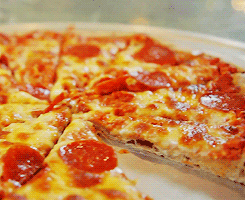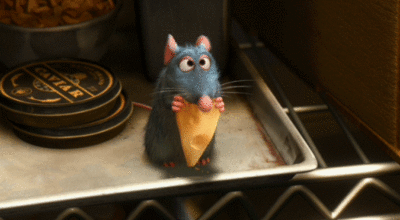It’s no shocker that Americans love food. Of course, we never find ourselves addicted to healthy things (ugh, the struggle) like salad and carrots. Instead we find ourselves craving every junk food known to man. And what is the food we crave most? Pizza.

Gif courtesy of giphy.com
But before you try to talk yourself out of eating that next slice, listen up – good news is coming your way. Science has recently discovered why we’re all so addicted to pizza, and it’s not your fault.
There are quite a few different studies floating around that prove why we can’t get enough of the greasy goodness. When they’re all placed together, it’s easy to see why we can’t resist pizza.
First, cheese is said to have the same effect as opium. Yep, your mozzarella obsession is being compared to hard drugs. Food researchers from University of Michigan have determined that cheese is so addictive because it is processed with high levels of fat. Unprocessed foods are no where near as addicting as processed foods, aka the healthy stuff just doesn’t compare.

Gif Courtesy of Giphy.com
Second, once the pizza is made and in the oven, something called The Maillard Reaction begins to take place. In science terms, the Maillard Reaction by definition is “a chemical reaction between an amino acid and a reducing sugar.” In simpler terms for us pizza addicts, it’s when the sugars (the dough) and the acids (tomato sauce) combine together to make an awesome, addicting flavor. Sometimes known as the browning reaction, it’s also responsible for the perfectly cooked crust and gooey, soft middle.

Gif Courtesy of Giphy.com
Another reason pizza is so darn addicting is due to one word: glutamate. Scientifically speaking, glutamate is a chemically compounded flavor enhancer (ever heard of MSG?) – some foods, however, contain natural glutamate. The more glutamate a food has, the tastier it is. Glutamate provides a savory taste that leaves us wanting more. And guess which foods have some of the highest glutamate levels? Tomatoes and cheese. #winning
So next time someone shoots you a look because you went for that second slice or ordered a whole pie for yourself, tell them it’s an addiction. They’ll probably laugh, but hey, at least you know the real truth.

